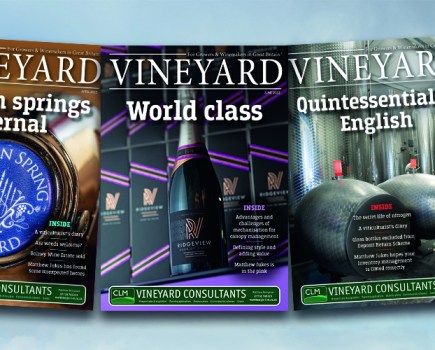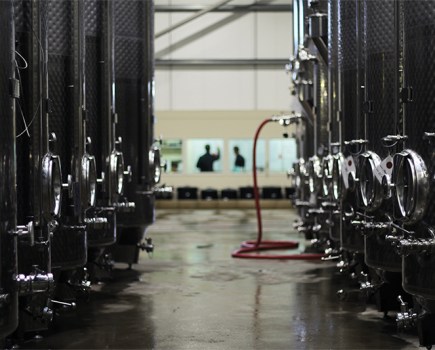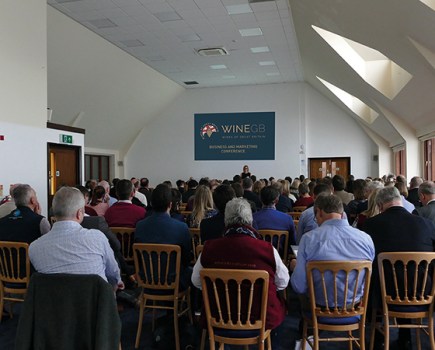There is a growing trend in Australia of releasing wines made from the most obscure grapes imaginable – Italy, Greece, Spain and Portugal seem to have been raided by keen ampelographer thieves. ‘Alternative Varieties’ is the catch-all phrase for these wines and it seems that sommeliers and geeks are going wild for them right now. Made from tiny plots of vines, often with little knowledge of whether they will end up tasting accurate or indeed delicious, wineries seem to have fallen for this fad and column inches are being swallowed up by these wines in the press.
These whacky and weird creations rarely taste delicious and they will no doubt fall out of favour as swiftly as they have grabbed the headlines. In England, we approach the subject of rare grapes and trial plantings with care. We haven’t the privilege of the sunshine hours found in warmer climes and so our choices are somewhat tempered – a good thing in my opinion. There is a small amount of experimentation going on. You wouldn’t think that making a dry wine from Chardonnay was possible ten years ago because we couldn’t ripen the grapes sufficiently, so I could make a case for Chardonnay being a rare planting, assuming that the fruit was going into still and not sparkling wine. A genuinely rare planting is Albarino, which has popped up in Kent, and which makes a delicious wine already on our shelves (see below). Another style of rare planting is the old-style English grape variety, of which there are a few, which are rare because they are in decline in favour of starrier, international types. There is none more endangered than Faberrebe or Faber which was created in 1929 by Georg Scheu by crossing Pinot Blanc and Müller-Thurgau. I first came across this grape in Will Davenport’s wines, where his famous Horsemonden Dry White contains 12% of Faber in the blend. Will cites that it performs a vital task in helping with the wine’s balance. Similar to Riesling it has firm acidity with a lime juice aroma. Susceptible to botrytis and powdery mildew, Will puts extra hours into the vineyard to keep the grapes clean and he also sacrifices some of the bunches because it tends to produce heavier yields than he is after. The bottom line is that without this rare grape, his blend simply wouldn’t taste as beautiful. So, if we are to learn from what’s happening around the world, there is no point chasing small plantings for shock tactics and one hit wonders because this will inevitably fail. There is every reason, however, to champion rare plots of grapes if they add inextricably to your story. Here are three wines whose rare plantings have resulted in world class flavours.
Horsmonden Dry White, 2016
Davenport Vineyards, Kent
£14.80
www.davenportvineyards.co.uk
tel. 01892 852380
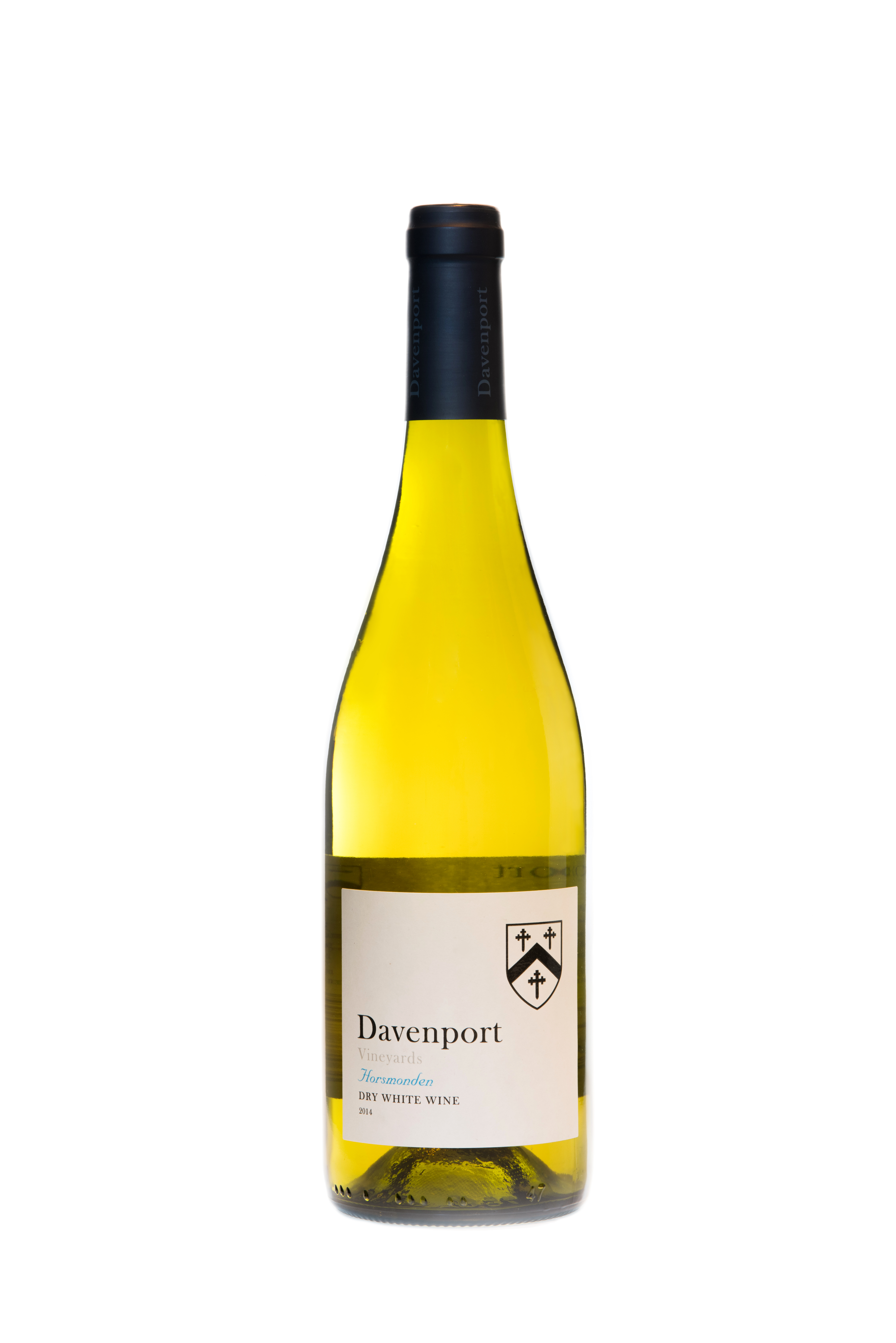
This gentle white wine is elegant and beguiling in equal measure and it has been a favourite of mine for over two decades. First released in 1993, Will Davenport assembles this white with the utmost care, blending Bacchus, Ortega, Faber, Siegerrebe and Huxelrebe with a watchmaker’s precision. The result is enchanting, with magical, meadow dew tones and misty orchard scents. It is a timeless English classic and in this vintage Will reports that there is a tender touch of oak in the midst of the flavour which, alongside the taut acidity on the finish, will allow it to mature nicely over the medium term. The alcohol is only 11.5% and so the power to weight ratio can only be rivalled by a prima ballerina at the peak of her career.
Chardonnay-Albariño, 2015
Chapel Down, Kent
£16.99
www.chapeldown.com
tel. 01580 763033
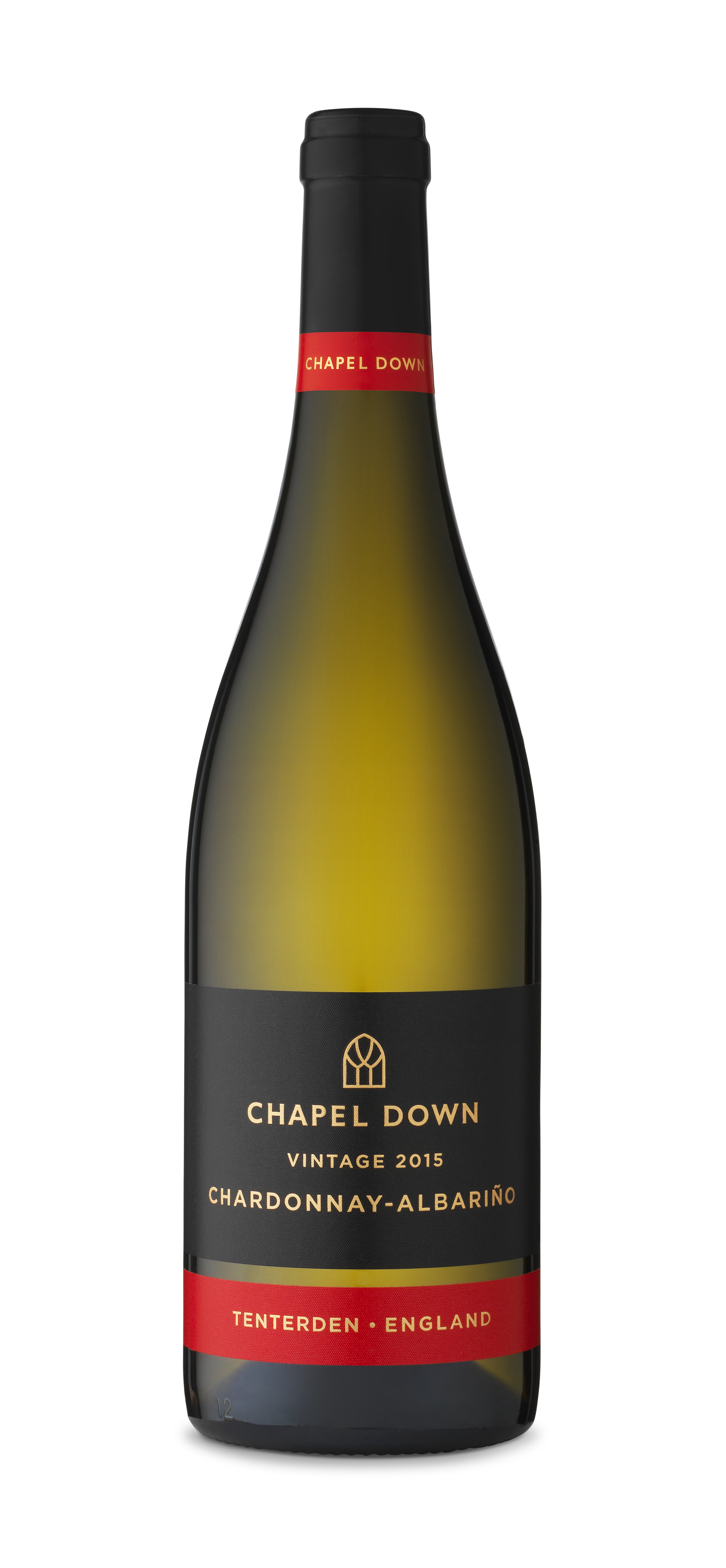
There are plenty of people in the UK who will not have tasted an Albariño before in spite of the fact that Spanish versions, at all price points from ‘high street’ to ‘indie oenophile’, are all over wine shop shelves. Clearly, this version is aiming at wine-savvy palates because blending Chardonnay with Albariño is an inspired and unusual move. Chardonnay can easily swamp other white grapes, preferring to hog the limelight if it can in any white blend. When combining Chardonnay with Viognier, for example, Chardonnay cannot compete with Viognier’s aromatic persistence and volume and so it is forced into the background. I think that this is where winemaker Josh Donaghay-Spire has drawn his inspiration. Albariño has similar aromatic traits to Viognier, albeit with the volume turned down. It also brings neat acidity and a sleek mid-palate to the game. So combining these two white grapes is a two-piece jigsaw with a neat fit. With Albariño leading the way on the nose, with near-tropical tones, and the Chardonnay, clinging onto a touch of oak on the mid-palate, adding pear juice, nuttiness and creaminess and then both grapes handholding on the finish, this is an exceptionally clever wine which will please all-comers.
Old Vine Kerner, 2015
Astley Vineyards, Worcestershire
£19.50
www.astleyvineyard.co.uk
tel. 01299 822907
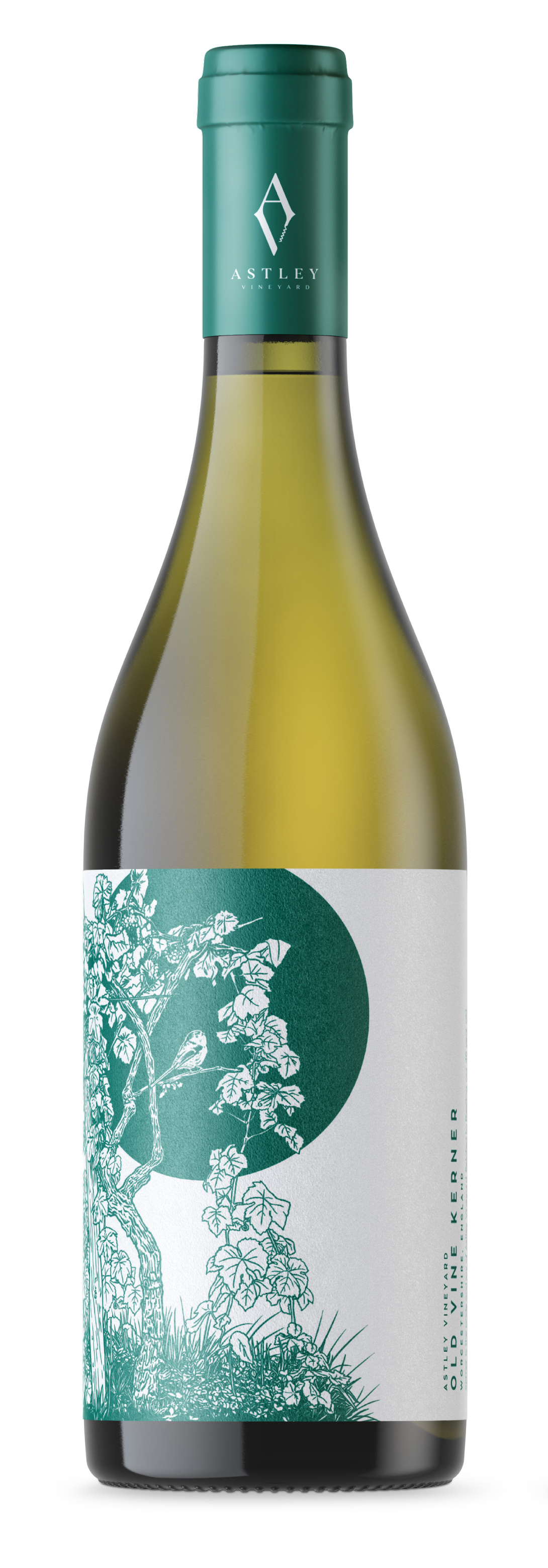
Formerly called Veritas, under the winery’s previous owner Jonty Daniels, and now rebadged with a simply stunning label by new owners, the Haywood family, this is one of the most iconic and romantic of all English dry white wines. I have stalked this creation for many years because it has a unique flavour and texture and it is unequivocally English from the first molecule of jasmine and honeysuckle scent to the louche, juicy, thrilling finish. Kerner is a rare grape variety and the vines that make this beauty are no less than 46 years old. I have tasted a few worthy examples from northern Italy, but Astley’s blush-inducing wine is the finest version I have had the pleasure of meeting.


